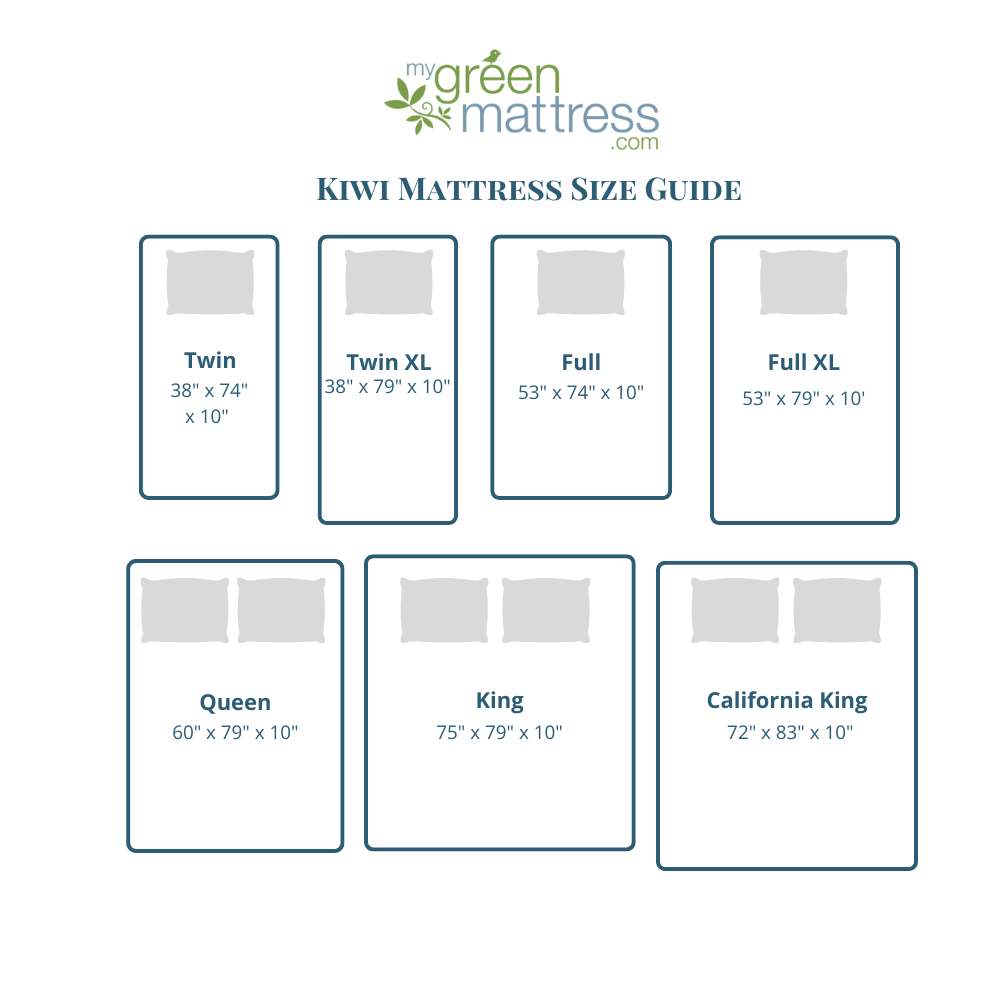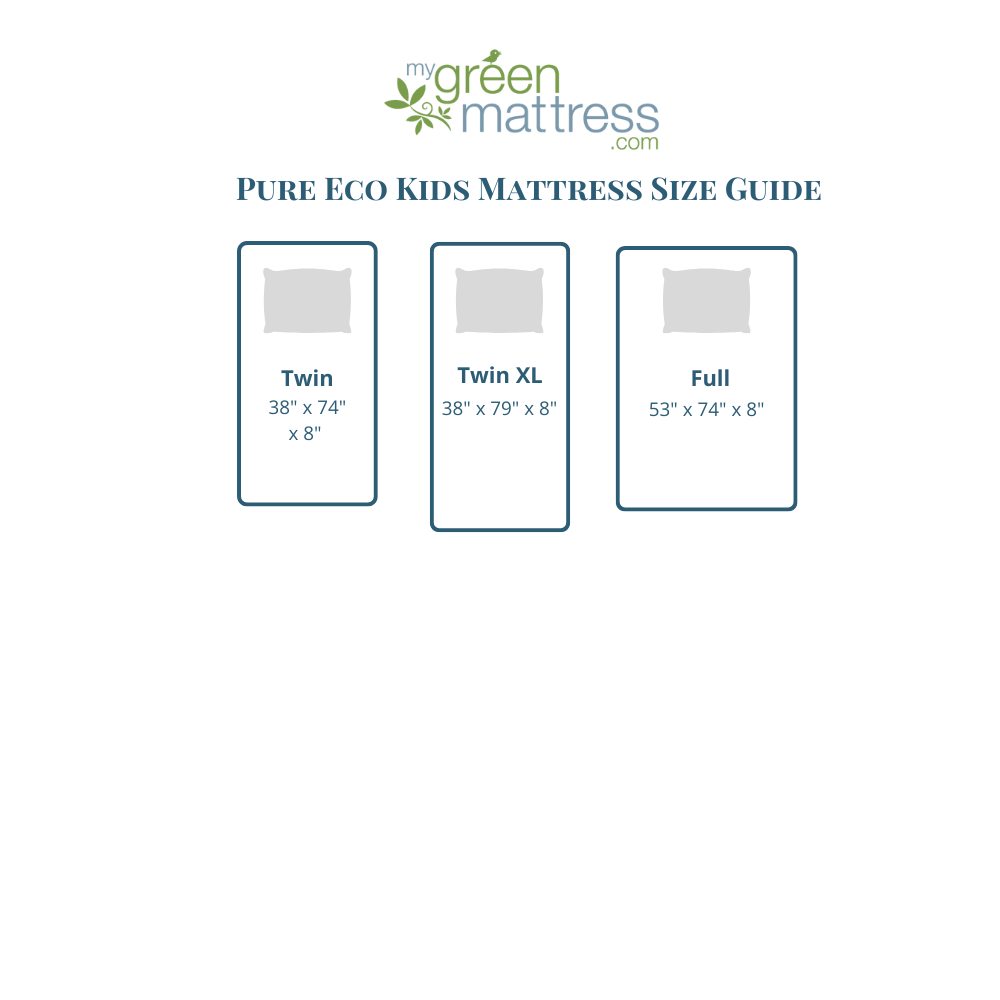So, you likely already know that traditional sunscreens are highly chemical and may actually cause quite a bit of harm. Well, it’s true. Traditional sunscreens contain a variety of chemicals which are present to protect the skin, but actually encourage skin damage via free radicals. With Summer right around the corner, we are here to help! Get sun-kissed, healthy skin, have some fun (and be the envy of your friends) by making your very own natural sunscreen!
Here’s a quick recap of the scary stuff that lurks in traditional sunscreens:
1. Oxybenzone
According to the Environmental Working Group (EWG), 56% of beach and sport sunscreens contain oxybenzone, whose primary function is to absorb UV rays, but some research shows it gets absorbed through the skin. “The EWG and other toxicology experts believe that oxybenzone is linked to hormone disruption and potentially to cell damage that may lead to skin cancer.” (CNN.com) Yikes! Scary, right?
2. SPF 85
Quite a few sunscreens boast extremely high SPF protection levels, which give consumers a false sense of security. For example, a sunscreen with SFP 30 blocks only 1% fewer rays than does an SFP 50. Also, keep in mind that SPF only blocks UVB rays. (CNN.com)
3. Octinoxate
Octinoxate is the ingredient that acts as an accelerator for the OTHER nasty ingredients to be absorbed into the skin at a faster rate. Not only is octinoxate likely to contribute to premature aging, but it also causes hormonal disruption. Insert scared emoji face here. (Women’s Health Magazine)
4. Retinyl Palmitate
AKA Vitamin A Palmitate. Sounds ok right? Well, retinal palmitate is an antioxidant, and it’s present in sunscreen to reduce the aging effects of UV exposure. However, when exposed to UV rays, the retinol compounds break down and produce nasty free radicals that are toxic to cells, damage DNA and may cause cancer. (Women’s Health Magazine)
So basically, the chemicals in sunscreens get absorbed into the skin and create cell-damaging free radicals when exposed to the sun; not exactly anti-aging! Lucky for us, making your own sunscreen is easy, fun and works great. We found a fantastic recipe from Scratch Mommy, who also sells this product through her website if you’re not ready to make it yourself. Click here to go to the Scratch Mommy site.
Ingredients:
- 90g Coconut Oil (raw, organic and unrefined)
- 65g Carrier Oil (your choice – raw, organic and unrefined apricot, almond or jojoba, all work well)
- 28.5g Beeswax
- 27.5g Shea Butter (organic and unrefined)
- 40g Zinc Oxide
- 1/2t Vitamin E
Tools:
- Double-boiler (a glass bowl over a pot of simmering water works)
- Kitchen Scale
- Mask (you don’t want to breath zinc oxide!!!)
- Containers (mason jars are great, but if you’re at the pool or beach you’ll want to go plastic)
DIY Time:
Place your glass bowl on the scale and measure all the ingredients (EXCEPT the zinc) into your bowl, one-by-one, hitting tare in between each. Place the bowl onto the double boiler, melt the ingredients completely and stir with a metal whisk. Carefully remove and wipe down condensation (you don’t want H2O in the mix). Place the bowl on the scale and hit tare. Now, add the zinc oxide slowly until you reach 40g. Whisk again and carefully pour into your container(s). Let the liquid cool off and firm up, and you’re ready to go!
If you want to, you can add some essential oils into the mixture while it’s melting to give your sunscreen a refreshing scent. However (and this is really important) some essential oils increase photosensitivity. Here’s a list of ones NOT to use:
- Lemon
- Lime
- Grapefruit
- Orange
- Wild Orange
- Bergamot
- Tangerine
- Fennel
- Ginger
Now, get out there and hang ten! Sun’s out buns out! 😉
This site is not designed to and does not provide medical advice, professional diagnosis, opinion, treatment or services. Through this site and linkages to other sites, My Green Mattress provides general information for educational purposes only. The information provided in this site, or through linkages to other sites, is not a substitute for medical or professional care, and you should not use the information in place of a visit, call consultation or the advice of your physician or other healthcare provider.









